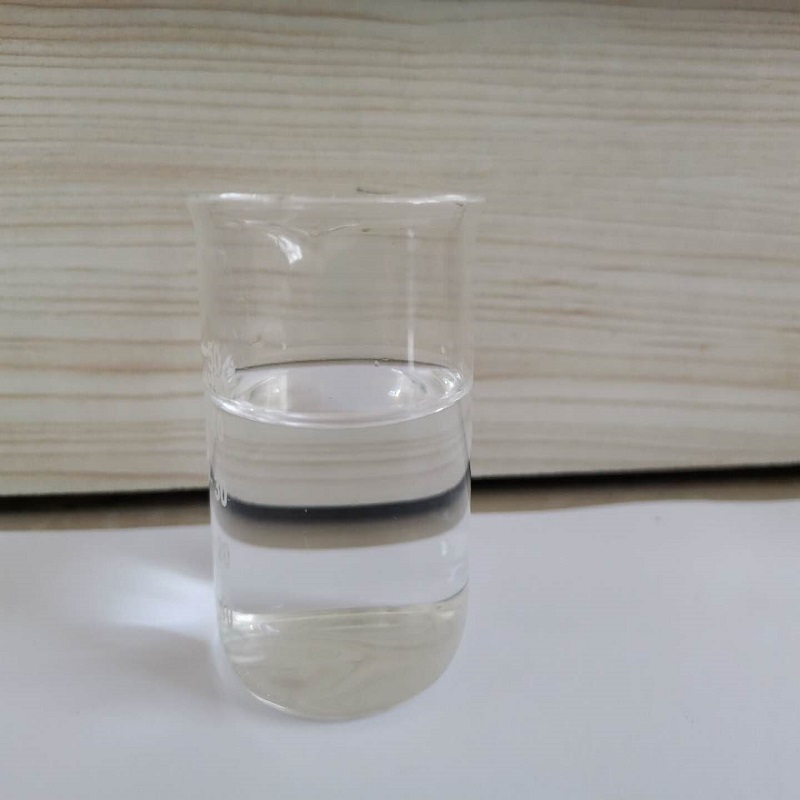Short-chain fatty acids, including butyrate and its derived forms, have been used as dietary supplements to reverse or ameliorate the potential negative effects of plant-derived ingredients in aquaculture diets, and have a multitude of well-demonstrated physiological and health enhancing effects in mammals and livestock. Tributyrin, a butyric acid derivate, has been assessed as a supplement in the diets of farmed animals, with promising results in several species. In fish and crustaceans, the dietary inclusion of tributyrin is more recent and has been less studied but results suggest that it may be highly advantageous for aquatic animals. This is particularly important for carnivorous species, whose diets need to be optimised towards the reduction of the fishmeal content to enhance the environmental and economical sustainability of the sector. The present work characterises tributyrin and presents the main results of its use as a dietary source of butyric acid in feeds for aquatic species. The main focus is given to aquaculture species and how tributyrin, as a feed supplement, can contribute to optimising plant-based aquafeeds.

2. Glyceryl butyrate
Butyric acid has an unpleasant smell and is easy to volatilize, and it is difficult to reach the back end of the intestine to play a role after being eaten by animals, so it cannot be directly used in production. Glyceryl butyrate is the fatty product of butyric acid and glycerin. Butyric acid and glycerin are bound by covalent bonds. They are stable from pH1-7 to 230 ℃. After being eaten by animals, glyceryl butyrate does not decompose in the stomach, but decomposes into butyric acid and glycerin in the intestine under the action of pancreatic lipase, slowly releasing butyric acid. Glyceryl butyrate, as a feed additive, is convenient to use, safe, non-toxic, and has a special flavor. It not only solves the problem that butyric acid is difficult to add as a liquid and smells bad, but also improves the problem that butyric acid is difficult to reach the intestinal tract when used directly. It is considered to be one of the best butyric acid derivatives and anti histamine products.
2.1 Glyceryl Tributyrate and Glyceryl Monobutyrate
Tributyrin consists of 3 molecules of butyric acid and 1 molecule of glycerol. Tributyrin slowly releases butyric acid in the intestine through pancreatic lipase, part of which is released in the front of the intestine, and part of which can reach the back of the intestine to play a role; Monobutyric acid glyceride is formed by one molecule of butyric acid binding to the first site of glycerol (Sn-1 site), which has hydrophilic and lipophilic properties. It can reach the rear end of the intestine with the digestive juice. Some butyric acid is released by pancreatic lipase, and some is directly absorbed by intestinal epithelial cells. It is decomposed into butyric acid and glycerol in intestinal mucosal cells, promoting the growth of intestinal villi. Glyceryl butyrate has molecular polarity and nonpolarity, which can effectively penetrate the hydrophilic or lipophilic cell wall membrane of the main pathogenic bacteria, invade the bacterial cells, destroy the cell structure, and kill harmful bacteria. Monobutyric acid glyceride has a strong antibacterial effect on gram-positive bacteria and gram-negative bacteria, and has a better antibacterial effect.
2.2 Application of glyceryl butyrate in aquatic products
Glyceryl butyrate, as a derivative of butyric acid, can effectively release butyric acid under the action of intestinal pancreatic lipase, and is odorless, stable, safe and residue free. It is one of the best alternatives to antibiotics and widely used in aquaculture. Zhai Qiuling et al. showed that when 100-150 mg/kg tributylglycerol ester was added to the feed, the weight gain rate, specific growth rate, activities of various digestive enzymes and the height of intestinal villi before and after the addition of 100 mg/kg tributylglycerol ester could be significantly increased; Tang Qifeng and other researchers found that adding 1.5g/kg tributylglycerol ester to the feed could significantly improve the growth performance of Penaeus vannamei, and significantly reduce the number of pathogenic vibrio in the intestine; Jiang Yingying et al. found that adding 1g/kg of tributyl glyceride to the feed can significantly increase the weight gain rate of Allogynogenetic crucian carp, reduce the feed coefficient, and increase the activity of superoxide dismutase (SOD) in the hepatopancreas; Some studies showed that the addition of 1000 mg/kg tributyl glyceride to the diet could significantly increase the intestinal superoxide dismutase (SOD) activity of Jian carp.
Post time: Jan-05-2023






